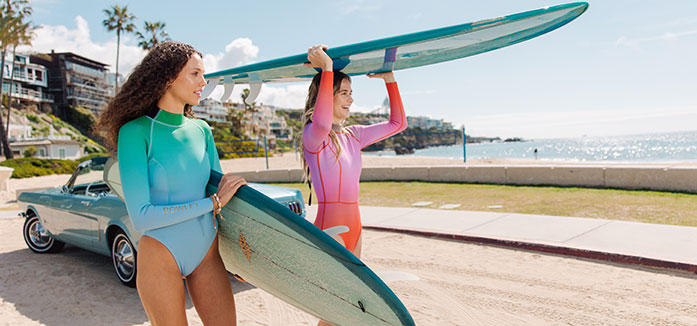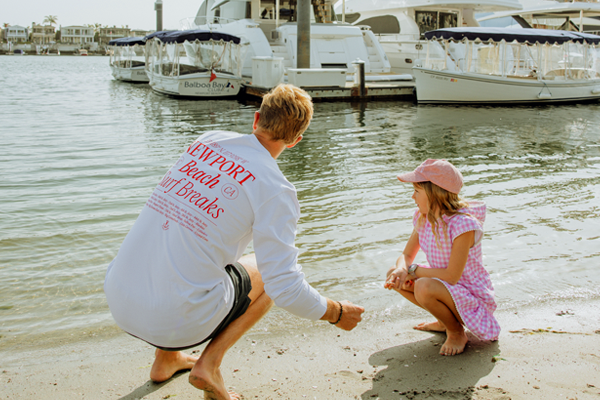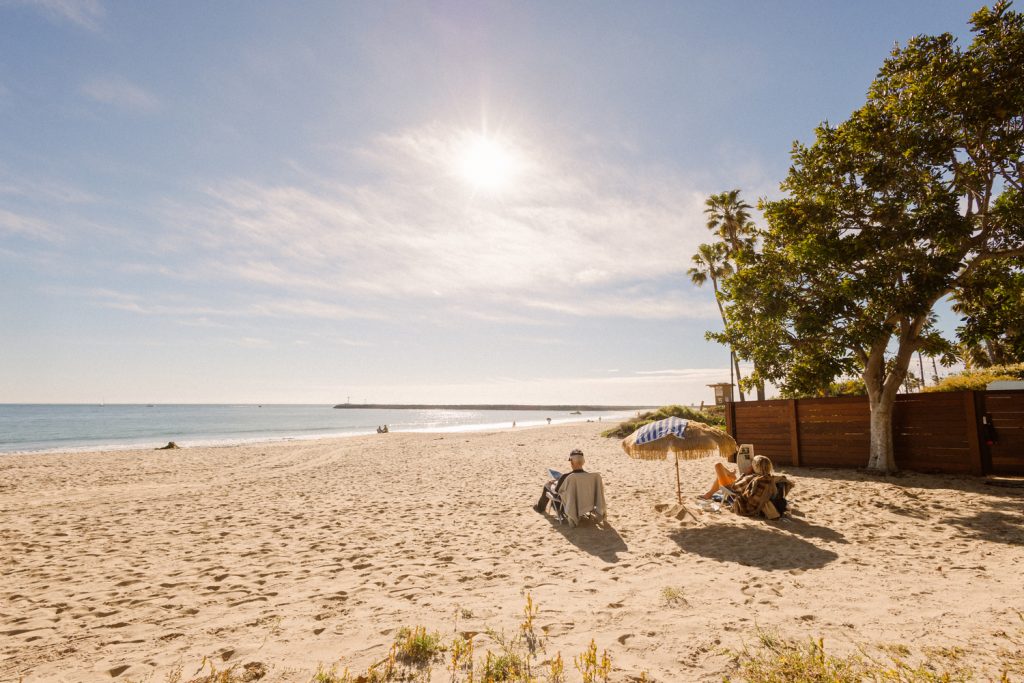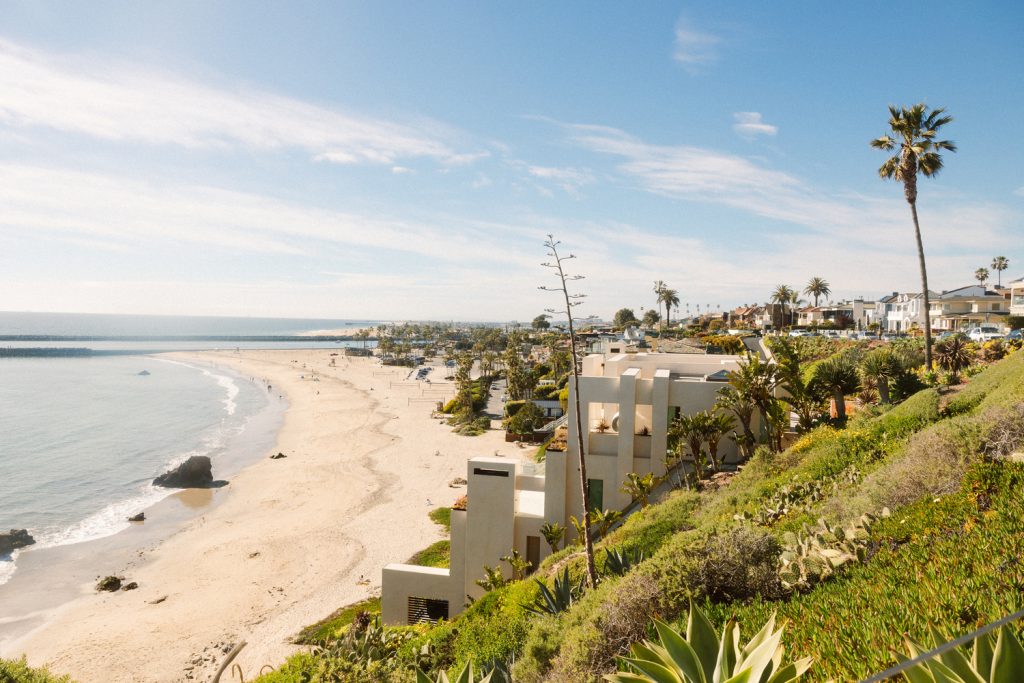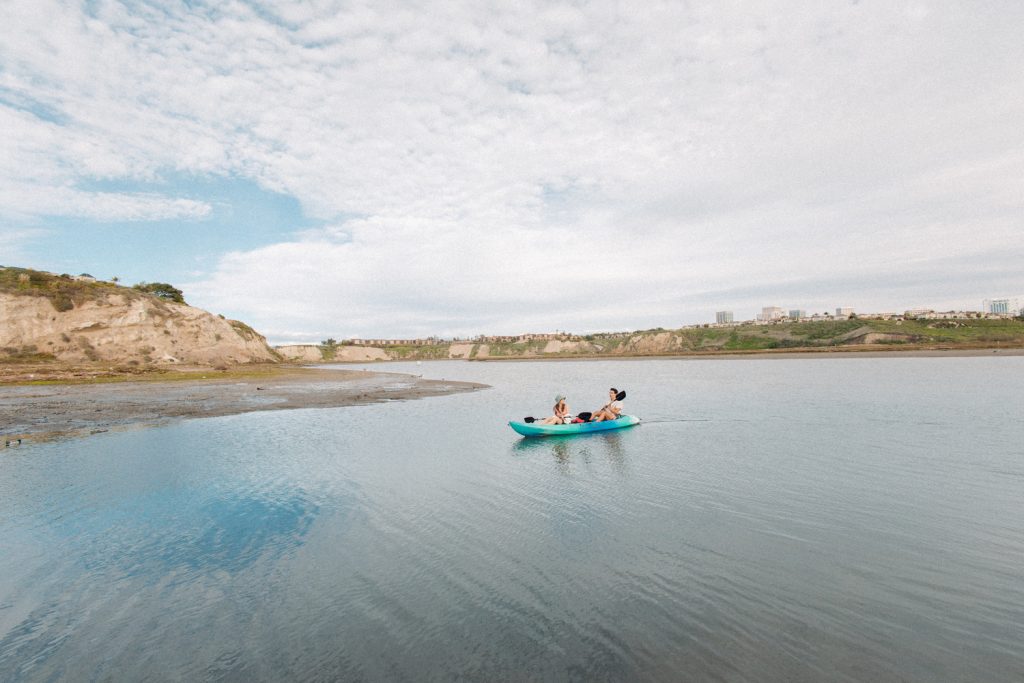A Community Update on Crystal Cove’s North Beach Restoration Project
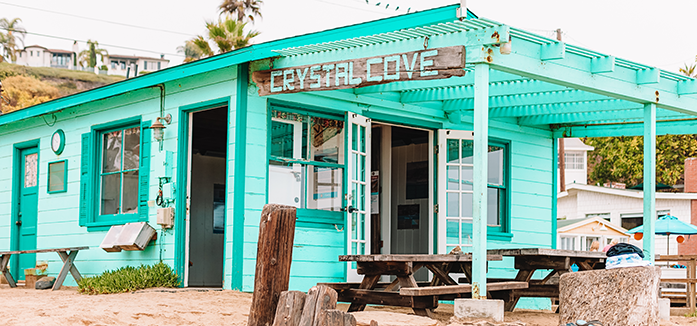
Rugged bluffs, sandy shores and acres of untouched wilderness only scratch the surface when it comes to detailing the beauty of Crystal Cove. For decades, this stretch of coastline has remained an integral part of Newport Beach culture, and thanks to the hard work of the Crystal Cove Conservancy and its founder Laura Davick, a third-generation resident of Crystal Cove, this magnificent natural space has remained intact.
But to protect something so beautiful is no easy feat.
For decades, the Crystal Cove Conservancy has fought hard to preserve the park and its history, jumping through hoops to stave off big hotel brands and progressive developers.
Today, the park’s 3.2 miles of beach and 2,400 acres of backcountry wilderness remain one of Orange County’s largest examples of open space and natural seashore.
The Crystal Cove Historic District is also a large part of the park’s history as well as the century-old cottages that dot the beach and bluffs. To this day, 28 of the cottages have been fully restored, with 17 more in the works. These overnight rentals not only provide one-of-a-kind getaways for locals and visitors but also generate revenue that supports the maintenance of the Historic District, the Conservancy’s STEM education programs and significant coastal conservation projects.
The education initiatives of the Conservancy have expanded to allow underprivileged students throughout Southern California to experience immersive, real-world science education in Crystal Cove. These programs have become a statewide model for STEM education, allowing students to explore Crystal Cove’s many natural resources, including nearly 2,400 acres in the backcountry, 3.2 miles of shoreline, 400 acres of coastal bluffs and a 1,150-acre marine protected area. “We have programs for kindergarten all the way to college internships, where students can come and really take a deep dive into the unique environment of Crystal Cove,” says Kate Wheeler, President and CEO of Crystal Cove Conservancy and Crystal Cove Management Company. Each university program is weeks long with a robust curriculum that the Conservancy develops in partnership with UCI. “We have students that gather critical data that we need in order to restore these areas that have been so depleted by human activity and climate change.”
These science programs are analyzed both before and after completion to determine if environmental goals are being met, and Wheeler explains, “We are seeing the impact we hope for.” Students from inland communities who don’t typically have access to the coast are gaining tremendous skills in terms of science and engineering while building a bond with a natural space. “We have a kindergarten program called “Trouble with Trash,” says Wheeler, where these little guys come out and look at marine plastics and spend some time in our tide pools.
The remaining 17 cottages set to be restored lie on the stretch of coast called the North Beach, and five of the 17 units have been fully refurbished. But this process is no walk in the park—it’s extremely detailed. To complete this North Beach project, historic materials must be preserved and reused, and the cottages and landscape must be returned to their midcentury roots while protecting the delicate surrounding habitat. “The cottages saved Crystal Cove in a lot of ways—they’re not only iconic, but when we care for them, we are also caring for the land surrounding them,” Wheeler explains. Great care has been taken to make sure that the completion of this project will enhance the environment and natural beauty of Crystal Cove and not damage it.
The North Beach restoration project is on track to be completed by early 2026, and it will double the number of spaces available for overnight stays, providing the funds to protect Crystal Cove and make it accessible to future generations of Californians.
“The people who came before me had this grand vision, and to see it unfold is truly remarkable,” says Wheeler.
The park gives visitors a glimpse into simpler times along California’s coast, and preserving this pocket of land will never go out of style.
Written by: Kaylin Waizinger


